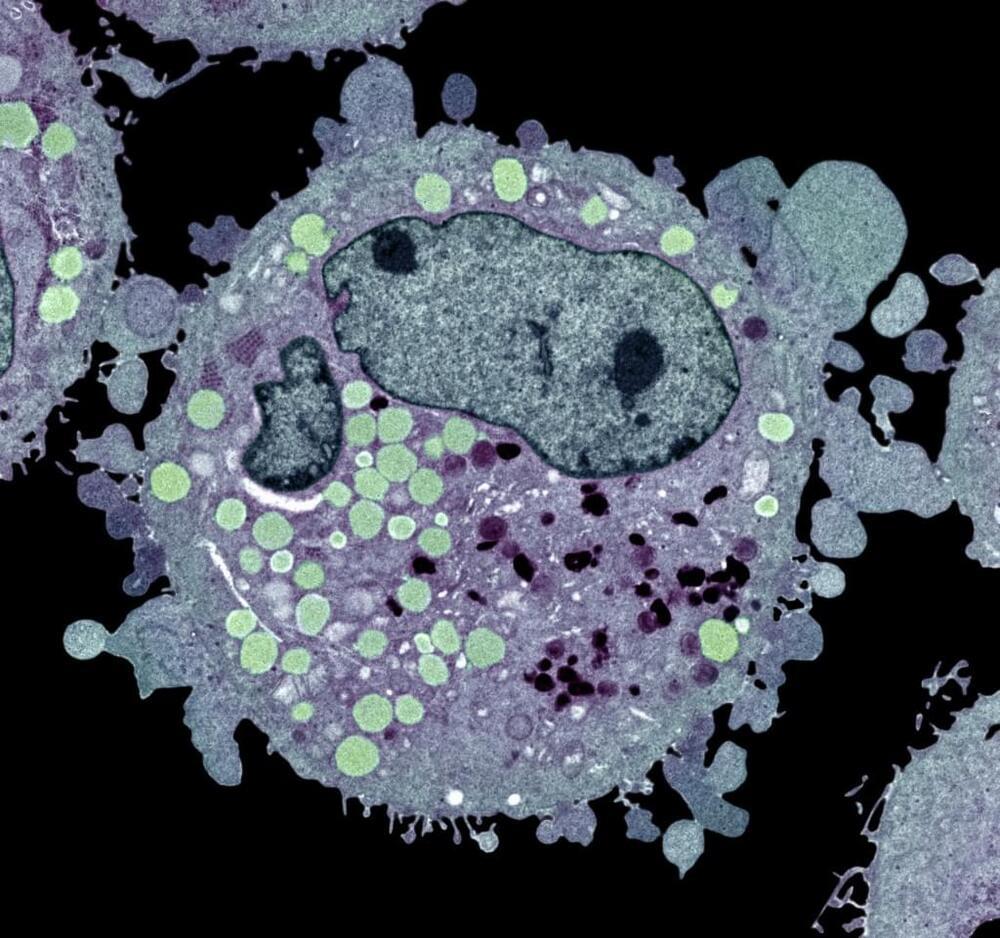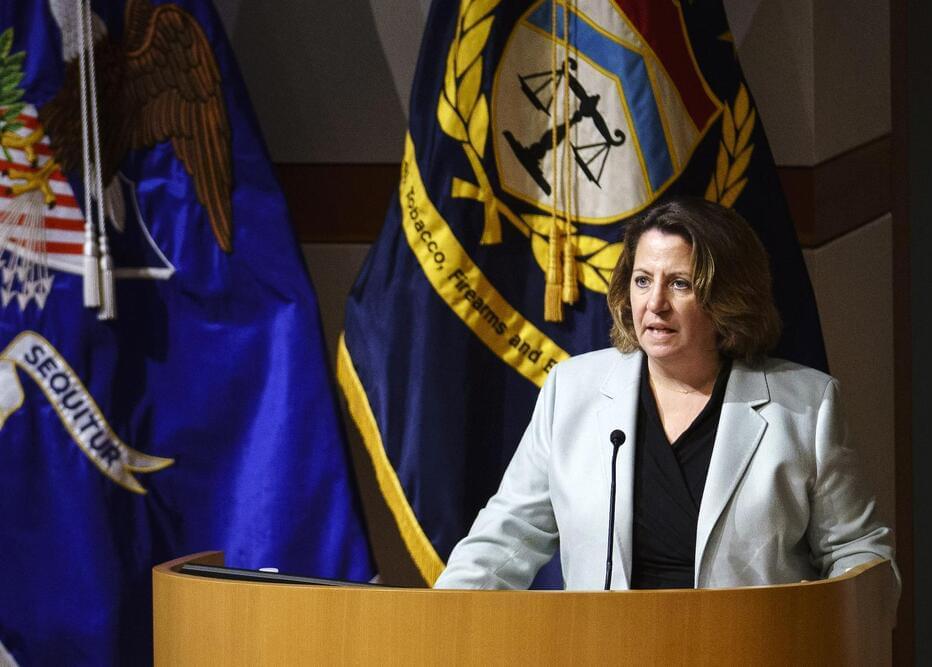Sub-Saharan Africa could soon account for half the world’s cases of cancer in children unless the disease is prioritized through robust national plans, a study published in Lancet Oncology suggests.
Lead author, Wil Ngwa, from the Johns Hopkins Medicine, said that the high rate of people in Africa surviving infectious diseases could be a reason for surging cases of infection-related cancers such as Kaposi sarcoma, Burkitt lymphoma, Hodgkin lymphoma and hepatocellular carcinoma, and also embryonal cancers like retinoblastoma and nephroblastoma.
Another study, published in the journal Cancers, found close to 1.7 million children under 15 years of age with Human Immunodeficiency Virus (HIV) worldwide, a risk factor for cancer in children, 91% of them in sub-Saharan Africa. The researchers found that Kaposi sarcoma and lymphoma are the most common.









